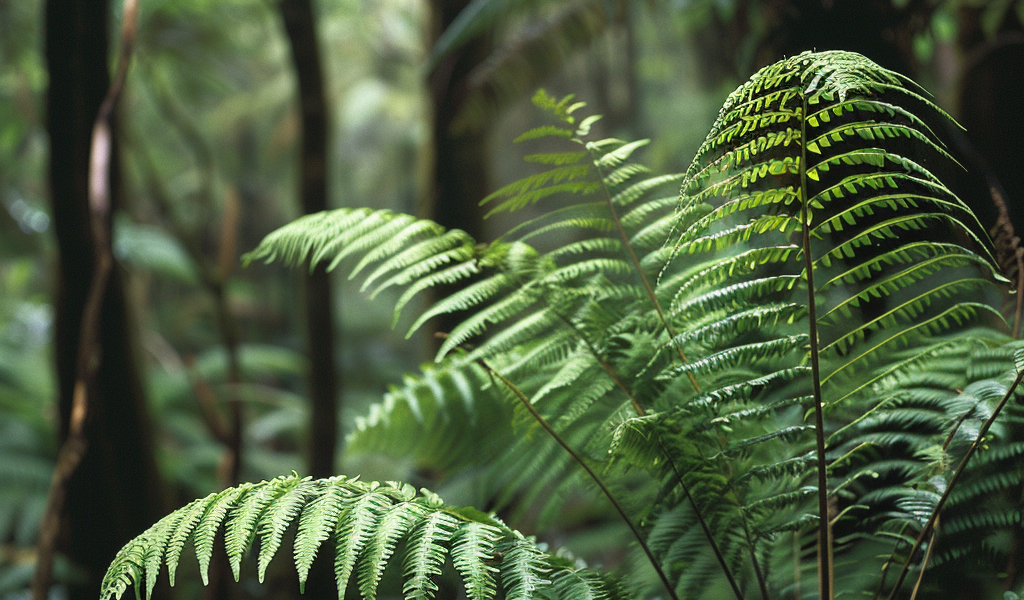A remarkable fern on the Pacific island of New Caledonia has shattered world records for the amount of DNA it possesses. This extraordinary plant, known as Tmesipteris oblanceolate, boasts a genome so vast that if unraveled, it would stretch about 100 meters long, surpassing even the iconic Big Ben in size.
Dr. Ilia Leitch of the Royal Botanic Gardens, Kew, expressed astonishment at the sheer volume of DNA packed into this inconspicuous fern, labeling it as the largest genome ever discovered among all living organisms on Earth. The plant’s genetic makeup is so immense that scientists are intrigued by how it functions and thrives with such an extraordinary amount of DNA.
The fern, belonging to a primitive group of plants that predates the era of dinosaurs, is exclusive to New Caledonia and a few nearby islands, where it thrives on the trunks and branches of rainforest trees. Despite its ancient origins, little is known about this enigmatic plant group.
In a groundbreaking study published in the journal iScience, researchers from around the globe analyzed genetic material extracted from specimens in New Caledonia. By measuring the amount of dye bound to the DNA, they determined that the fern’s genome size is a staggering 160 billion base pairs, equivalent to about 100 meters when stretched out. In comparison, the human genome contains approximately three billion base pairs, extending to about two meters in length.
Notably, this unassuming fern now holds three Guinness World Records for possessing the largest genome, largest plant genome, and largest fern genome. Adam Millward of Guinness World Records emphasized the significance of this discovery, highlighting that the fern’s genome size, which is 50 times larger than that of humans, underscores the vast mysteries still present within the plant kingdom.
Genomes, which encompass the complete set of DNA instructions within a cell, play a crucial role in shaping an organism’s development and growth. While many plants exhibit substantial genome sizes, scientists aim to unravel the mysteries behind this phenomenon and its potential implications for extinction risks.
Across the animal kingdom, various species boast colossal genomes, with certain lungfishes and salamanders featuring genomes of approximately 120 billion base pairs. The intricate genetic material stored within chromosomes provides essential information for the organism to function effectively.





